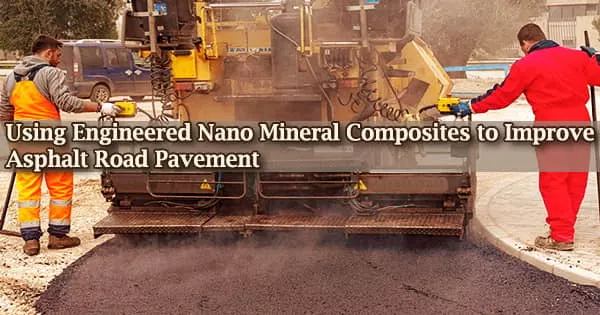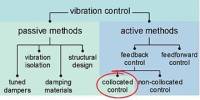Researchers from Swansea University and the Technical University of Braunschweig have created a brand-new, environmentally friendly nano asphalt binder.
When compared to conventional asphalt, the product produces a new class of warm mix asphalt (WMA) additive that works well on a wide scale and greatly reduces energy consumption while simultaneously minimizing vapours and greenhouse gas emissions during the manufacturing of asphalt mixtures.
In order to build and maintain roads, parking lots, railroad lines, ports, airport runways, bicycle lanes, sidewalks, play, and sports areas, and more, asphalt is a mixture of aggregates, binder, and filler.
Sand, gravel, crushed rock, or slags may all be used as aggregates in asphalt mixtures. Asphalt is now more sustainable because some waste and byproducts, such building and demolition debris, are used as aggregates.
Highways UK is broadening the adoption of WMA as a standard throughout its supply chain in an effort to reach net-zero carbon emissions. WMA methods can boost efficiency and decrease carbon generation as compared to conventional hot-mix asphalts, with CO2 savings of up to 15%.
In an asphalt plant, asphalt is made. This may occur in a stationary plant or even a portable mixing unit. 800 tons of asphalt per hour can be produced at an asphalt factory. Hot mix asphalt is typically produced at temperatures between 150 and 180 °C, however, new technologies are now readily available to make asphalt at lower temperatures.
Typically, asphalt binders are susceptible to aging due to heat, air, sunlight, and water, that have a detrimental effect on the pavement quality, reducing durability. We found that the addition of mineral-reinforced particle will not only decrease oxidation and aging of asphalt but also improve road pavement lifespan and decrease asphalt-related emissions.
Dr. Sajad Kiani
Since WMAs are manufactured at temperatures up to 40°C lower than regular asphalt, switching to them would save CO2 emissions by about 61,000 tonnes annually in the UK, or the equivalent of removing 300 million miles from vehicle travel.
Engineered clay/fume silica nanocomposites have the potential to be used as an anti-aging binder that can not only serve to reduce temperatures but also overcome significant limitations caused by moisture susceptibility. This potential was discovered by a team from the Swansea University and the Braunschweig Pavement Engineering Centre (ISBS) at the Technische Universität Braunschweig.
Lead researcher Dr. Goshtasp Cheraghian of the Technical University of Braunschweigsaid, “The study given fills the technical gap in WMA technology. Our nanocomposite is a cost-effective and non-toxic substance that can have a significant impact on WMA stability.”
Dr. Sajad Kiani of ESRI said: “Typically, asphalt binders are susceptible to aging due to heat, air, sunlight, and water, that have a detrimental effect on the pavement quality, reducing durability. We found that the addition of mineral-reinforced particle will not only decrease oxidation and aging of asphalt but also improve road pavement lifespan and decrease asphalt-related emissions.”
Professor Andrew Barron, the Founder and Director of ESRI and the Sêr Cymru Chair of Low Carbon Energy and Environment at Swansea University, said “Compared to commercial materials, our solution requires lower concentrations (less than 0.3 wt.%) of additives due to their superior surface activity, and as such has the potential to solve some of the challenges associated with, less durable the roads.”
Dr. Cheraghian summarises: “Our results on the molecular interaction between nanoparticles and asphalt binders could pave the way for novel nanotechnology applications in asphalt engineering.”
















